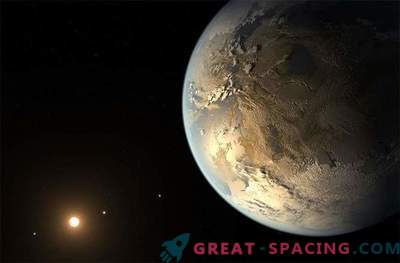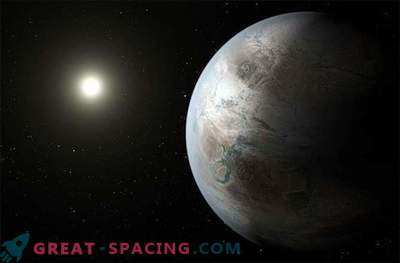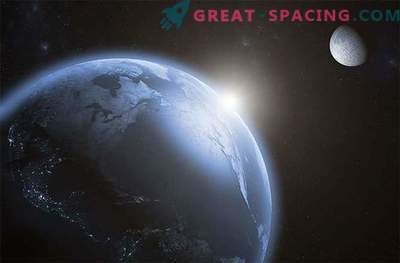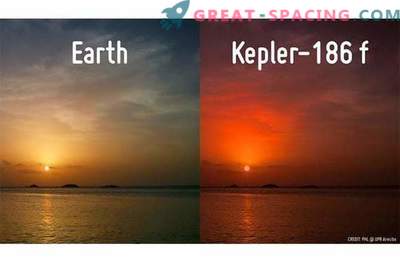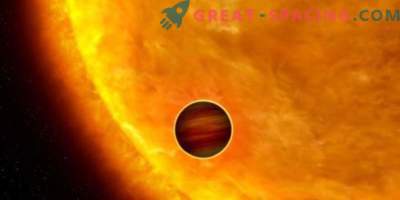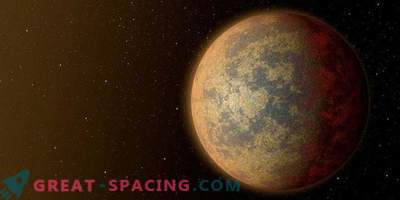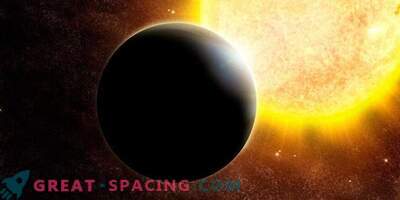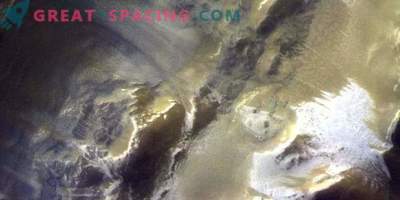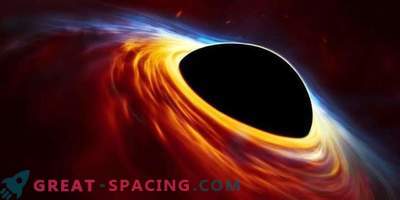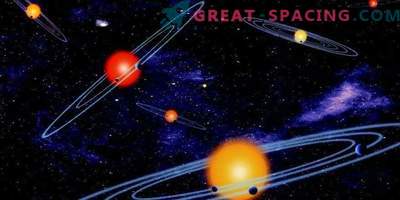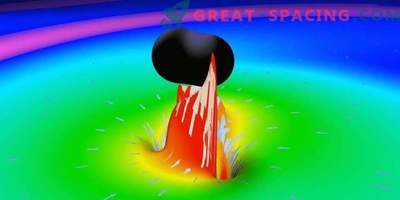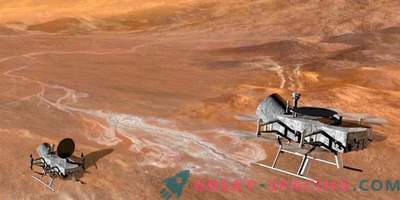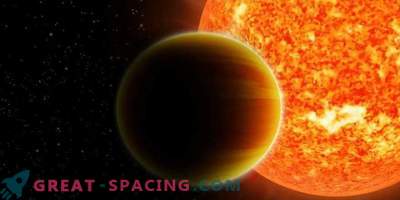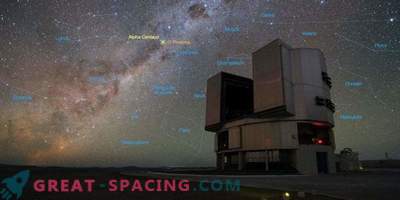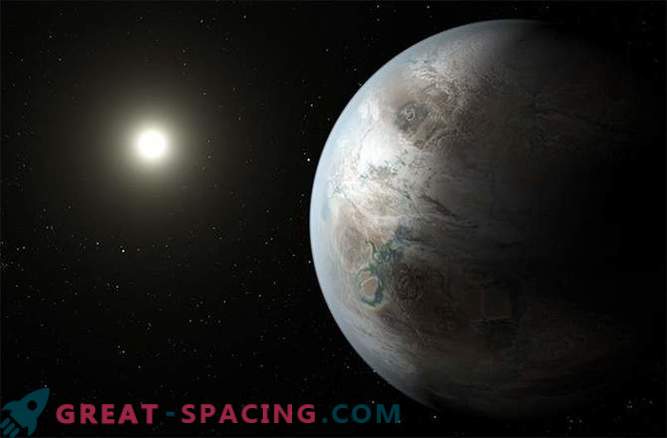
NASA’s Kepler Space Telescope discovered a planet that most closely resembles the size of the Earth, also rotates around a solar-type star and is located at a distance from it, which is necessary for the formation of a water surface - these conditions are considered essential for life, scientists said.
Astronomers are fascinated by exoplanets and the possibility of life on these worlds. Should they focus their attention also on the ex-moon?
The newly discovered world, called Kepler-452b, is about 1, 4 thousand light years away in the constellation Cygnus.
“In my opinion, this is the most earth-like planet of all we know at the moment,” said John Jenkins, head of data analysis at Kepler's NASA Research Center at Ames in Moffett Field, California, during a conference call.
Kepler-452b is about 60% wider than the earth and five times its mass, which allows us to make an assumption about the rocky surface of the world. The planet revolves around the G2 star, very similar to the Sun, but its estimated age is about 6 billion years, while the sun is only 4.6 billion.
“This is a good opportunity for the birth of life, if all the necessary elements and conditions for its emergence on the planet are present,” says Jenkins.
Kepler-452b rotates around its parent star every 385 days, so its location is only 5% farther from its star than on the Earth from the sun. By age, the stars can be said that it is 10% larger and 20% brighter than the sun, says Jenkins. If Kepler-452b is rocky, then scientists expect it to be about five times the size of Earth, and the attraction will be two earthly. The planet will have a thicker, cloudy atmosphere and most likely active volcanoes, Jenkins added.
Today, Kepler-452b receives 10 percent more energy from the parent star than the Earth receives from the sun, but this was not always the case.
“When the star was young, its size was about 80% of the current, and the brightness was only 64%, so at that time the planet received only 64% of today's energy,” says Jenkins.
With the continued growth of the star, Kepler-452b will no longer be in conditions that are favorable for the emergence of water and life, the same future awaits the Earth.
Kepler-452b is the first of the twelve possible twins of the Earth, whose orbit is registered, contributing to the formation of life. More than half of those stars are of the same type as the sun.
“A lot of them are very interesting candidates. For example, one of them seems to be only 15% more land and at the same time receives three-fourths of the energy that the earth receives. And there are still many such similar planets, which forces them to continue their search, ”Jeff Colin, Kepler SETI Research Institute in Mountain View, California.
The overall list of candidate planets discovered by Kepler reached 4,696 planets. The other 1030 finds of Kepler are waiting to be confirmed, NASA reported.
